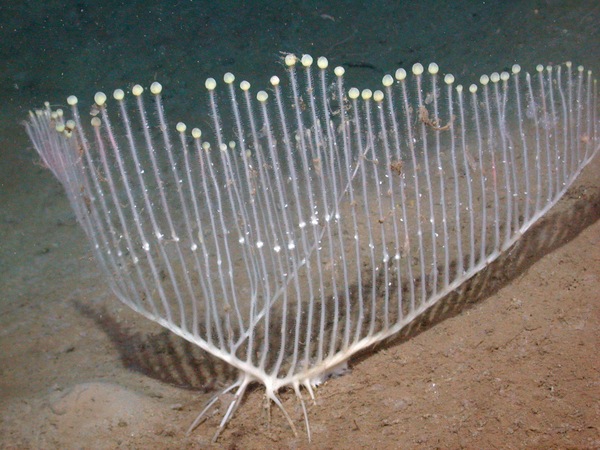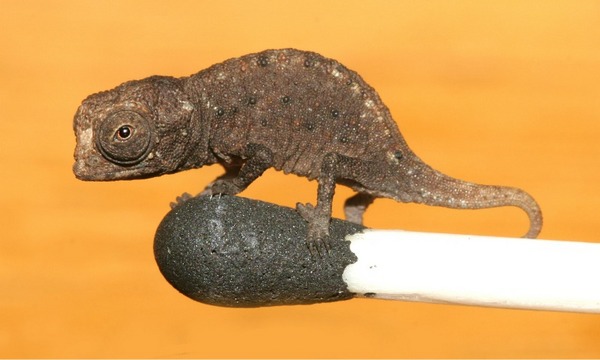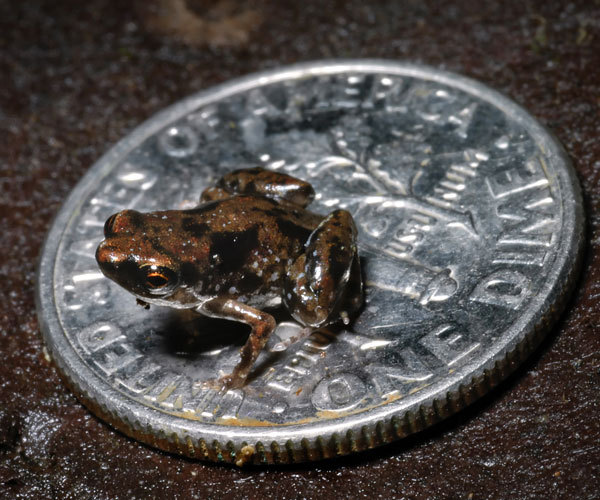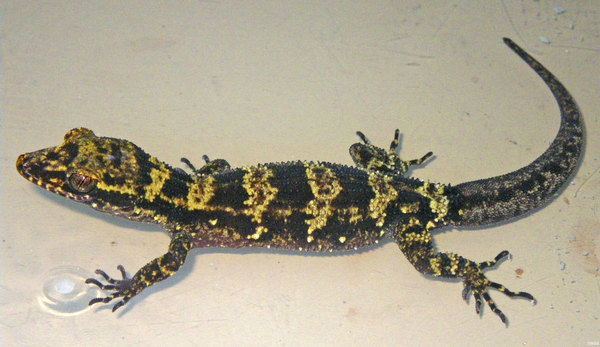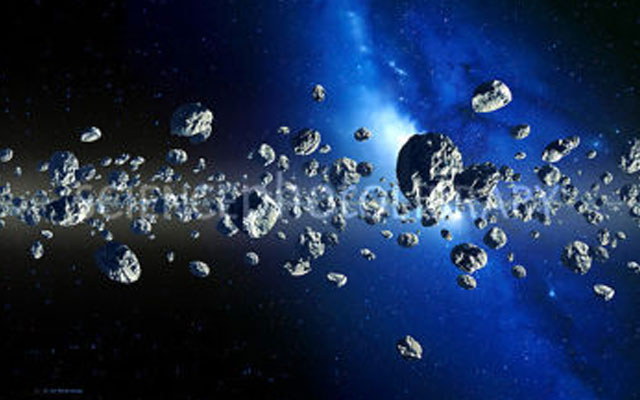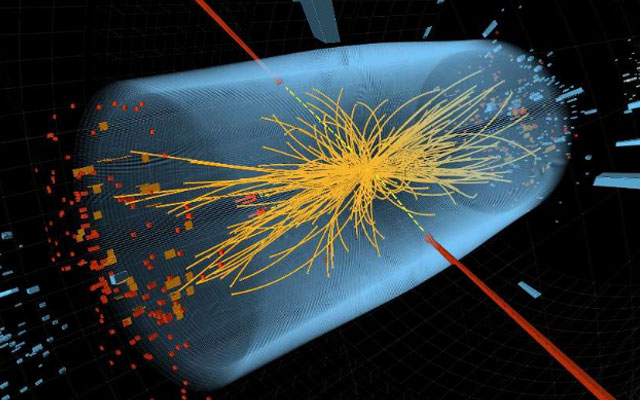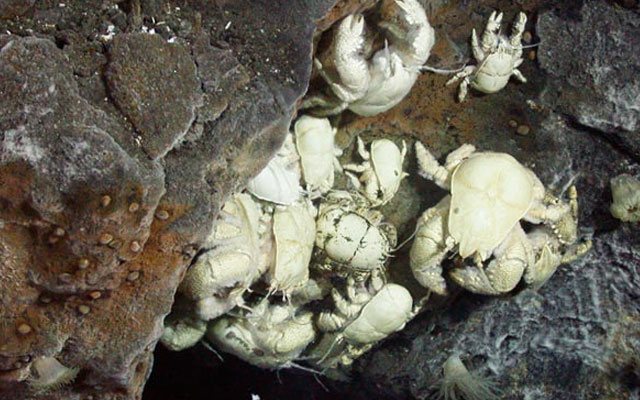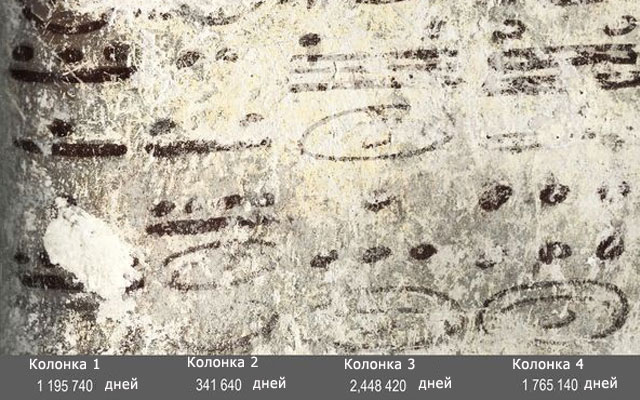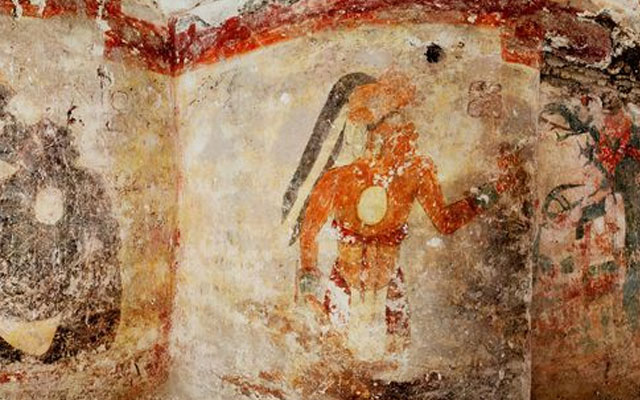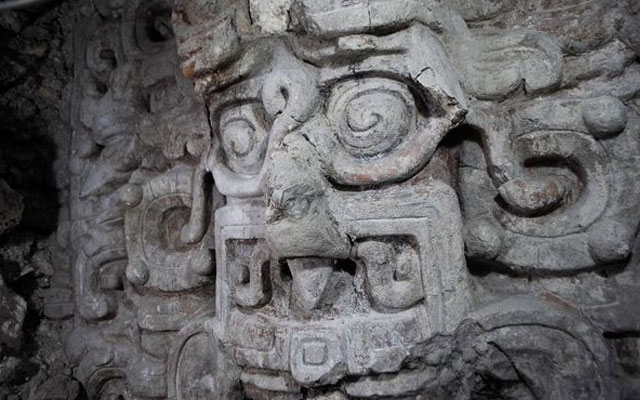New nations seem to pop up with alarming regularity. At the start of the
20th century, there were only a few dozen independent sovereign states
on the planet; today, there are nearly 200! Once a nation is
established, they tend to stick around for awhile, so a nation
disappearing is quite uncommon. It’s only occurred a handful of times in
the last century. But when they do, they completely vanish off the face
of the globe: government, flag, and all. Here then, in no particular
order, are the top ten countries that had their moment in the sun but
are, alas, no more.
10. East Germany, 1949-1990
Created from the Soviet controlled sector of Germany after the Second
World War, East Germany was probably best known for its Wall and its
tendency to shoot people who attempted to cross over it. Now, it’s one
(over-reactionary) thing to shoot foreigners who are trying to enter
your country illegally, but these were its own people!
Basically little more than a Soviet satellite state, the collapse of the
notorious Wall and, with it, the demise of the old Soviet Union brought
an end to this failed experiment in Communism, and it was integrated
back into the rest of Germany in 1990. Because East Germany was so far
behind the rest of Germany economically, however, its reintegration with
the west almost bankrupted Germany. Today, however, things are swimming
along nicely, thank you. 09 more countries after the break...
09. Czechoslovakia, 1918-1992
Forged from the remnants of the old Austro-Hungarian Empire, during its
brief existence it was one of the few bright spots in Europe, managing
to maintain one of the continent’s few working democracies prior to the
Second World War. Betrayed by England and France in 1938 at Munich, by
March of 1939 it had been completely occupied by Germany, and vanished
off the map. Later it was occupied by the Soviets, who turned it into
another vassal state of the old Soviet Union until that nation’s
collapse in 1991. At that time, it finally reestablished itself as a
vibrant democracy.
That should have been the end of the story, and probably would have
been, had not the ethnic Slavs in the eastern half of the country
demanded their own independent state, breaking Czechoslovakia in two in
1992. Today, it exists as the Czech Republic in the west, and the nation
of Slovakia in the east, making Czechoslovakia no more. Though
considering that the Czech Republic maintains one of the more vibrant
economies in Europe, the far-less-well-off Slovakia maybe should have
reconsidered.
08. Yugoslavia, 1918-1992

Like Czechoslovakia, Yugoslavia was a by-product of the breakup of the
old Austro-Hungarian Empire in the aftermath of WWI. Basically made up
of parts of Hungary and the original state of Serbia, it unfortunately
did not follow Czechoslovakia’s more enlightened example. Instead, it
maintained a somewhat-autocratic monarchy until the Nazis invaded the
country in 1941, after which it became a German possession. With the
collapse of the Nazis in 1945, Yugoslavia somehow managed to avoid
Soviet occupation but not Communism, coming under the socialist
dictatorship of Marshal Josip Tito, the leader of the partisan Army
during WWII. It remained a nonaligned authoritarian socialist republic
until 1992, when internal tensions and rival nationalism resulted in
civil war. The country then split into six smaller nations (Slovenia,
Croatia, Bosnia, Serbia, Macedonia, and Montenegro,) making it a
textbook example of what happens when cultural, ethnic, and religious
assimilation fails.
07. Austro-Hungary, 1867-1918
While all of the countries that found themselves on the losing side
after the First World War suffered economically, and geographically to
some degree, none lost more than the once-powerful Austro-Hungarian
Empire, which found itself carved up like a Thanksgiving Day turkey in a
homeless shelter. Out of the dissolution of the once-massive empire
came the modern countries of Austria, Hungary, Czechoslovakia, and
Yugoslavia, with parts of it going to Italy, Poland, and Romania.
So why did it break apart when its neighbor, Germany did not? Because it
lacked a common identity and language, and was instead home to various
ethnic and religious groups, most of whom had little to do with each
other…to put it mildly. In effect, it suffered a large-scale version of
what Yugoslavia suffered, when it saw itself similarly torn apart by
nationalistic fervor. The difference was that Austro-Hungary was carved
up by the victors in WWI, whereas Yugoslavia’s dissolution was internal
and spontaneous.
06. Tibet, 1913-1951
While the land known as Tibet has been around for over a thousand years,
it wasn’t until 1913 that it managed become an independent country.
Under the peaceful tutelage of a chain of Dalai Lamas, it finally ran
afoul of Communist China in 1951 and was occupied by Mao’s forces, thus
ending its brief foray as a sovereign nation. China occupied an
increasingly-tense Tibet throughout the ’50s until the country finally
rebelled in 1959, which resulted in China’s annexation of the region and
the dissolution of the Tibetan government. This finished the nation for
good and turned it into a “region,” rather than a country. Today it
remains a big tourist attraction for the Chinese government, though it
still has issues with Beijing, by insisting it be granted its
independence once again.
05. South Vietnam, 1955-1975
Created from the forceful expulsion of the French from Indo-China in
1954, someone decided it would be a good idea to split Vietnam in two,
roughly at the 17th parallel, leaving a Communist north and a
pseudo-democratic south. As with Korea before, it didn’t work any better
in Vietnam, resulting in intermittent warfare between the two halves
that ultimately dragged the United States into a conflict (again with
the Korea comparisons,) that was to result in one of the most draining
and costly wars in American history. Finally hounded out of the country
by dissent at home, America left South Vietnam to fend for itself in
1973, which it did for only two more years, before the Soviet-backed
North finally rolled over the country, bringing an end to South Vietnam
and renaming Saigon—its capitol—Ho Chi Minh City. It’s been a socialist
utopia ever since.
04. United Arab Republic, 1958-1971
In yet another ill-fated attempt to bring unity to the Arab world,
Egypt’s fiery socialist president, Gamel Abdel Nasser, thought it would
be a splendid idea to unite with his distant neighbor, Syria, in an
alliance that would effectively surround their sworn enemy, Israel, and
make them a regional superpower. Thus was created the short-lived
U.A.R., an experiment that was doomed to failure almost from the start.
Being several hundred miles apart made creating a central government
almost impossible, while Syria and Egypt never could quite agree on what
constituted national priorities.
The problem might have been rectified had Syria and Egypt managed to
link their halves together by destroying Israel, but that nasty Six Days
War came along in 1967, dashing their plans for a common border, and
handing both halves of the U.A.R. a defeat of biblical proportions.
After that the merger’s days were numbered, and finally came to an
anti-climactic end with the death of Nasser in 1970. Without the
charismatic Egyptian President around to hold the fragile alliance
together, the U.A.R. quickly dissolved, restoring the nations of Egypt
and Syria once again.
03. Ottoman Empire, 1299-1922
One of the great empires in history, the Ottoman Empire finally came to
an end in November of 1922, after a pretty respectable run of over six
hundred years. Once extending from Morocco to the Persian Gulf, and from
Sudan to as far north as Hungary, its demise was a slow process of
dissolution over many centuries until, by the dawn of the 20th century,
it was but a shadow of its former self.
But even then, it was still the main power broker in the Middle East and
North Africa, and might still be that way today had it not chosen to
ally itself with the losing side in World War I. It saw itself
dismantled in the aftermath, with the biggest chunk of it (Egypt, Sudan,
and Palestine) going to England. By 1922 it had outlived its
usefulness, and finally died when the Turks won their war of
independence in 1922 and abolished the Sultanate, creating the
modern-day nation of Turkey in the process. Still, you’ve got to give it
credit for making such an impressive run before giving up the ghost.
02. Sikkim, 8th century CE-1975
What? You’ve never heard of the place? What rock have you been hiding
under? Seriously, it’s not likely you would have heard of tiny,
land-locked Sikkim, nestled securely in the Himalayan Mountains between
India and Tibet…er, China. About the size of a hot dog stand, it was
basically one of those little-known, and largely forgotten, little
monarchies that managed to hold on into the twentieth century before it
finally realized it had no particularly good reason for being
independent, and decided to merge with modern India in 1975.
Its coolest claim to fame? Though just a little bigger than Rhode
Island, it has no fewer than eleven official languages, which must play
havoc with traffic signs—assuming, that is, that they have any roads.
01. Union of Soviet Socialist Republic (Soviet Union), 1922-1991
What would the 20th century have been without the good ‘ol USSR to stir
things up? One of the truly scary counties on the planet until its
anticlimactic collapse in 1991, for seven decades it stood as the
bulwark of Marxist Stalinism, with all the misfortune that brought with
it. It was created in the chaotic aftermath of the breakup of Imperial
Russia after WWI, and both survived and thrived despite inept economic
policies and brutal leadership. The USSR actually managed to beat the
Nazis when no one thought that Hitler could be stopped, enslaved eastern
Europe for over forty years, instigated the Korean War in 1950, and
very nearly got into a shooting war with the United States over Cuba in
1962, making its tenor on the world stage nothing if not eventful.
Finally coming apart in the aftermath of the fall of the Berlin wall in
1989, and the subsequent collapse of Communism in eastern Europe, it
broke into no fewer than fifteen sovereign countries, creating the
largest new block of countries since the breakup of the Austro-Hungarian
Empire in 1918. What followed was the pseudo-democratic Republic of
Russia, though it still retains much of the autocratic air it has always
been famous for.
Jeff Danelek is a Denver, Colorado author who writes on many subjects
having to do with history, politics, the paranormal, spirituality and
religion.
Via — Link
--








